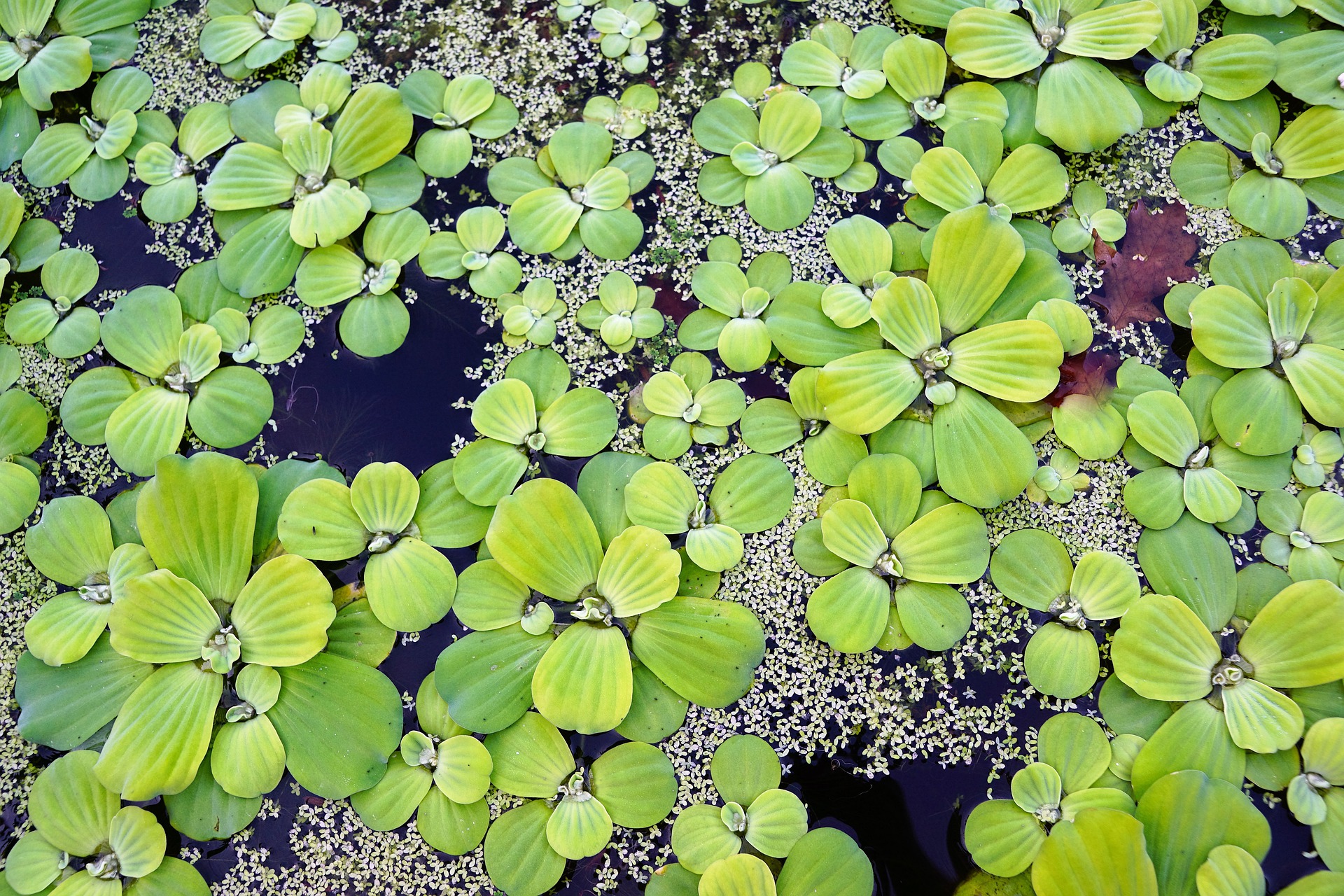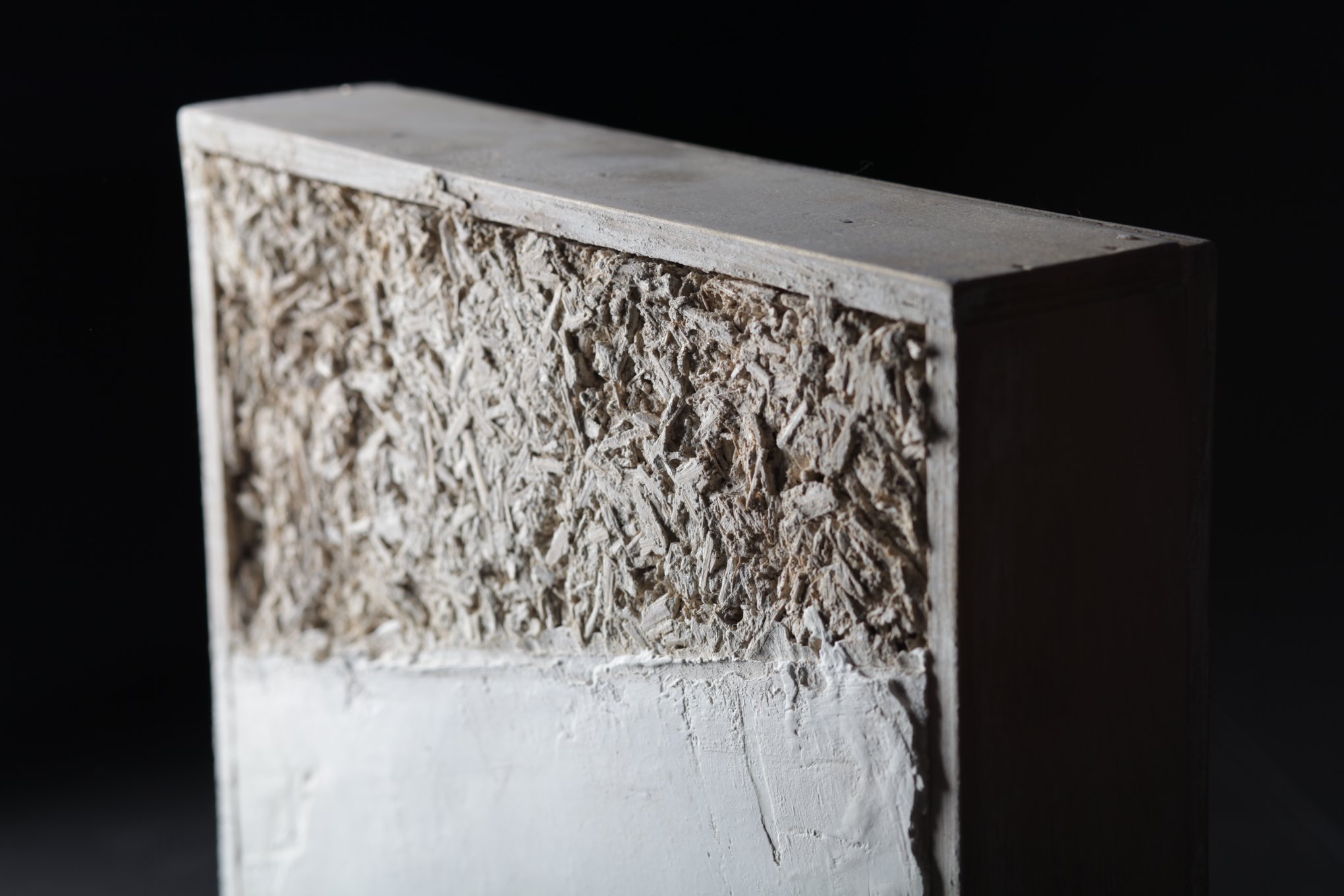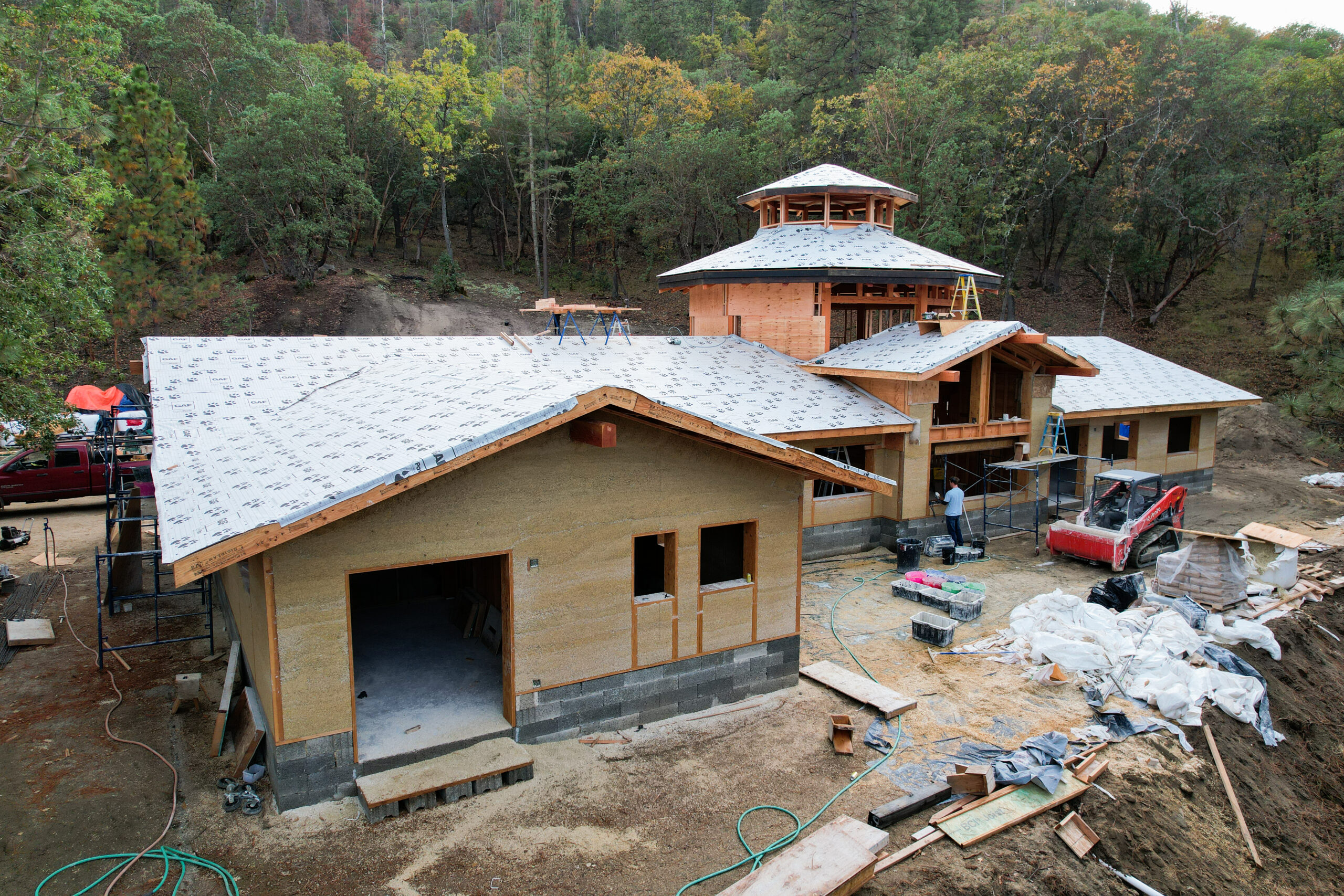Just one inch of rainwater on a 2000 sq ft roof can generate 1,250 gallons of water.
Every living thing needs water, and clean water is important to everything. 97.5 % of the water on our “blue planet” is saltwater. 2.5% is freshwater, in various states. 1.5% of our freshwater is frozen in polar ice caps, humidity in the atmosphere or in the ground returning to aquifers. This leaves only 1% of freshwater available to us.
The bad news: In 2002 the EPA reported that 45% of stream miles and 47% of lake acres were not suitable for swimming or fishing. Urban run-off is the number one cause of water pollution. The good news: you can capture, cleanse and recycle your run-off.
By capturing rainwater on your property, you can filter it, store it, and return it as needed. Plants prefer rainwater, and irrigating your landscape with rainwater will reduce the strain on municipal systems.
Rainwater recycling systems combine the beauty of a water feature with the functionality of a cistern. However, rainwater recycling systems have many advantages over traditional stagnant water storage systems including aesthetic appeal, water filtration and making water available to wildlife.
Rainwater recycling systems add beauty and value to your home in addition to the many intangible benefits such as relaxation and stress reduction. You can also earn up to 12 LEED points when you have a rainwater recycling system installed.
By now you may be wondering, what exactly is a rainwater recycling system? What does it look like? Rainwater recycling systems can take many forms but simply look like a water feature. Your system could look like an elegant ceramic urn, or a specimen stone column. It could take the shape of a creek, waterfall or even a pond.
Each water feature is unique and custom-designed for your home and objectives. This water feature can store up to 1500 gallons of rainwater for later use.
The gutters from the home are connected to pre-filters to remove large debris. The pre-filters are connected to the rainwater storage basin. The captured rainwater is filtered by circulation, aeration, biofiltration, and plants consuming toxins and nutrients from the water.



